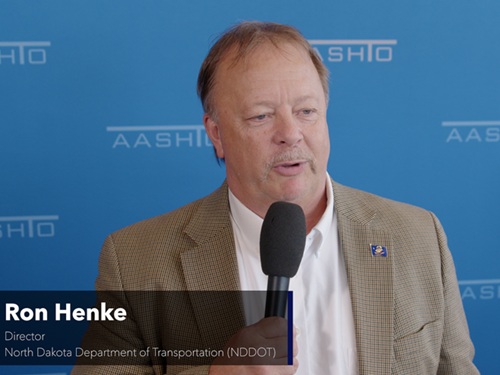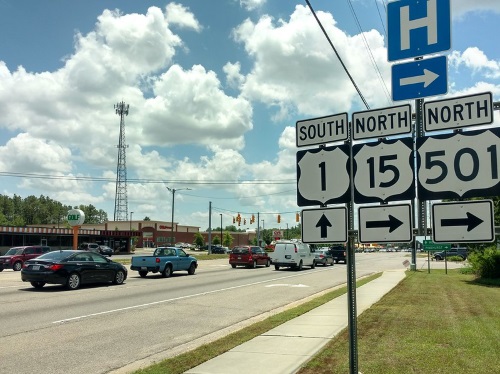Researchers at North Carolina State University have designed a traffic volume predicting system that reduces the computational complexity of such modeling methods so they operate more efficiently.
[Above photo from NCDOT]
“We use models to predict how much traffic there will be on any given stretch of road at any specific point in time,” explained Ali Hajbabaie, an assistant professor of civil, construction, and environmental engineering at NC State, in a blog post.

“These models work well, but the specific forecasting questions can be so computationally complex that they are either impossible to solve with limited computing resources, or they take so long that the prediction only becomes available when it is no longer useful,” he said.
Hajbabaie, who co-authored a paper on the new model, noted his team modified an algorithm designed to help streamline complex computing challenges to see if it could predict how much traffic there will be in a specific place and time.
The paper – entitled “A Distributed Gradient Approach for System Optimal Dynamic Traffic Assignment” – appears in the “IEEE Transactions on Intelligent Transportation Systems” periodical.
Specifically, the researchers came up with a modified version of the algorithm that breaks down larger traffic forecasting models into a collection of smaller problems that it can solve in parallel with one another.

This process significantly reduces computer “run time” for traffic forecasting, while also improving run time by allowing the model to recognize when it has reached a solution that is “good enough.”
Traditionally, models will run until they find an optimal solution, or one very close to optimal. However, for most purposes, a result that is within 5 percent – or even 10 percent – of the optimal solution will work fine.
“Our approach here essentially sets error bars around the optimal solution and allows the model to stop running and report a result when it gets close enough,” Hajbabaie noted. “At this point, we’re open to working with traffic planners and engineers who are interested in exploring how we can use this modified algorithm to address real-world problems.”
 Nation
Nation
North Dakota DOT Profiled in State DOT Update
July 3, 2025 Nation
Nation

